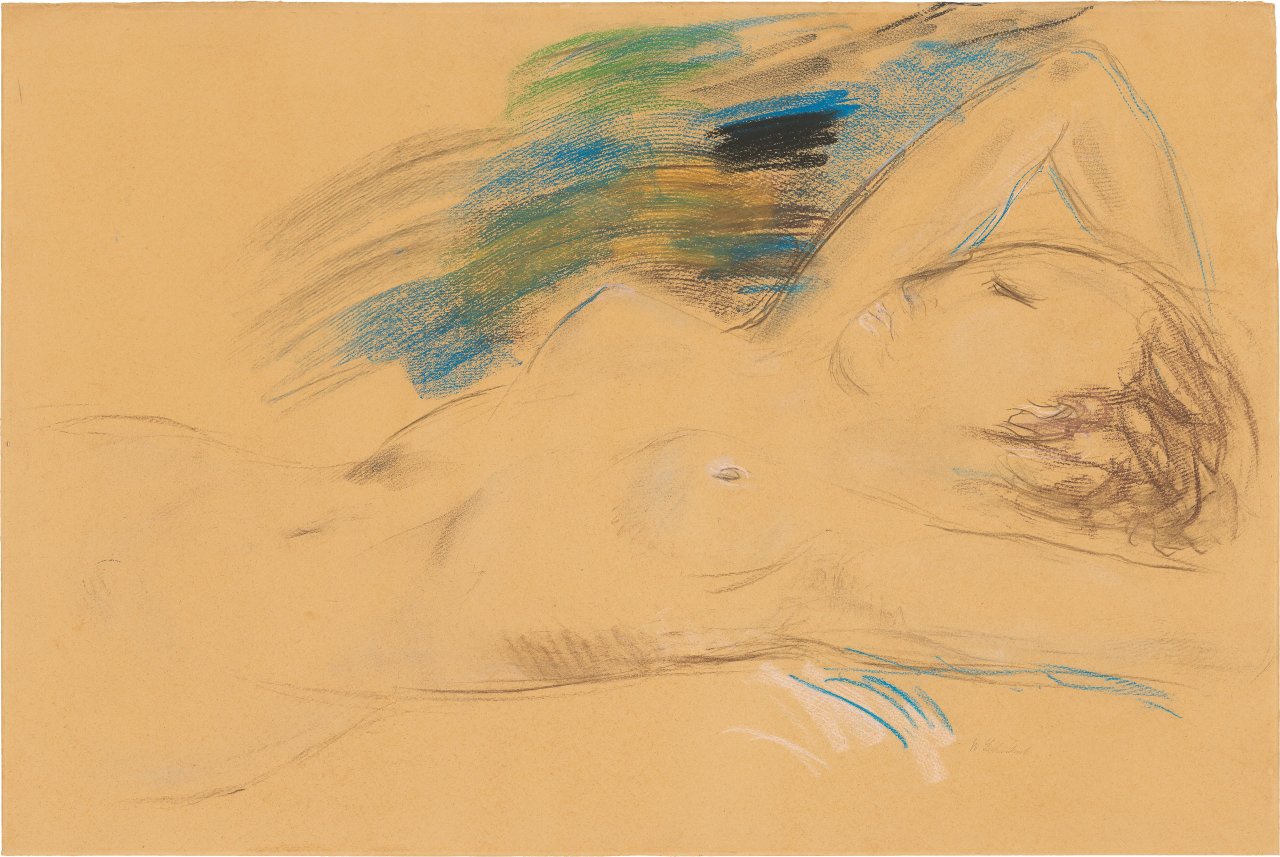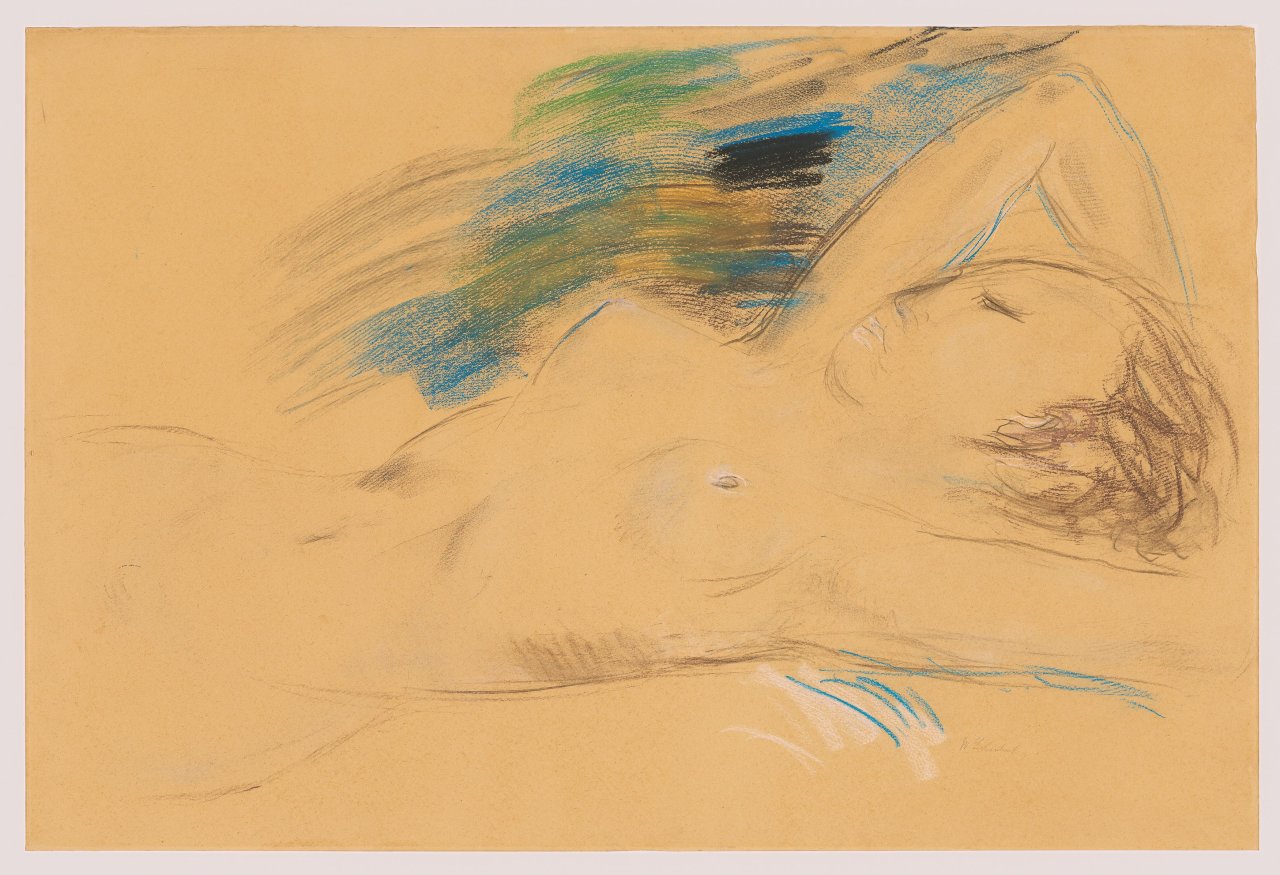







Duisburg 1881 – 1919 Berlin
”Liegender Frauenhalbakt”. 1915
Provenance
Paul Cassirer, Berlin / Sally Falk, Mannheim (aquired 1916 from the above-mentioned) / Paul Rudolf Pfrunder, Zurich (1919) / Graphisches Kabinett I.B. Neumann, Berlin (from 1919/20) / Kunsthaus Dr. Herbert Tannenbaum, Mannheim (1921) / Robert Karl Herrmann, Mannheim/The Hague (presumably from 1921–1938/40) / Herbert Tannenbaum, Amsterdam / Richard S. Davis, Minneapolis (1948) / Wilhelm Landmann, Toronto (1948–1987) / estate Wilhelm Landmann (1987–2004) / Private Collection, Switzerland (acquired 2004 at Grisebach, Berlin)
EUR 60,000
- 80,000
USD 67,400
- 89,900
Sold for:
76,200 EUR (incl. premium)
Auction 367
Thursday, June 5th 2025, 6:00 PM
Ask our specialists
The pastel is free of restitution claims and is being offered in agreement with the heirs of Robert Herrmann.
Exhibition
Kollektivausstellung Wilhelm Lehmbruck. Mannheim, Kunsthalle, 1916, cat. no. 28 („Schlafende“) / Drawings by Contemporary Painters and Sculptors. New York, Buchholz Gallery Curt Valentin, 1947, cat. no. 42 („Reclining Nude“, sold) / National Exhibition. Toronto, Art Gallery of Toronto, 1961, without cat. no. („Nude“) / Für die Kunst! Herbert Tannenbaum und sein Kunsthaus. Mannheim, Reiß-Museum, 1994/95, cat. no. 220, ill. p. 89
Literature and illustration
Roland Dorn, Karoline Hille, Jochen Kronjäger: Stiftung und Sammlung Sally Falk. Kunst und Dokumentation 11. Mannheim, Städtische Kunsthalle, 1994, ill. p. 177 („Schlafende“) / Auktion 122: Kunst des 19. und 20. Jahrhunderts. Berlin, Villa Grisebach Auktionen, 26.11.2004, cat. no. 22, w. ill.
Subject to change - Please refer to our conditions of sale.